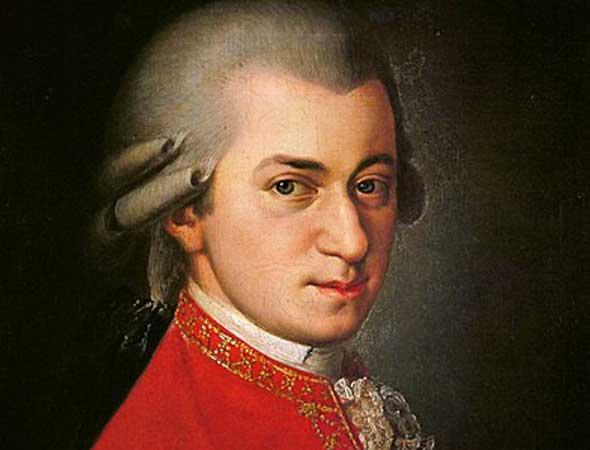MOZART: Symphony No. 39
by Jeff Counts
The final three symphonies of Mozart (Nos. 39, 40 and 41) are almost always spoken of as a set. Many elements make this possible, even necessary. First is the remarkably quick succession of their completions on June 26, July 25 and August 10. 1788. Next is the desperate hoped he pinned on them to reverse his recent bad fortune. Not least, then, is the staggering innovation and profound maturity they contained, as if even he knew he would not write another. But, of course, he didn’t know that. He had no idea he was living his last three years on Earth. Mozart, in fact, was planning to premiere his latest symphonies at a series of concerts in a new venue called the “Casino”, but the performances didn’t happen for lack of sales. No wonder. War with the Ottoman Empire was sapping the strength and draining the wallets of Austria, true, but Mozart’s star had fallen steadily on its own in Vienna over the previous few years. Tastes were changing, and it’s hard to imagine the audience enjoying the new pieces much if they had heard them that year. This was the case of a composer having simply outgrown his listeners, which is what makes it so tempting to imagine him writing Nos. 39, 40 and 41 for us, not them. The E-flat Major Symphony distinguishes itself in interesting ways. It employs no oboes, a rarity in late Mozart. It begins with a slow introduction. And it has a finale built around a single theme with no coda. We don’t know if Mozart heard this dramatic, dissonant symphony live before he died (it is possible, though unprovable), but we have been listening closely ever since.




